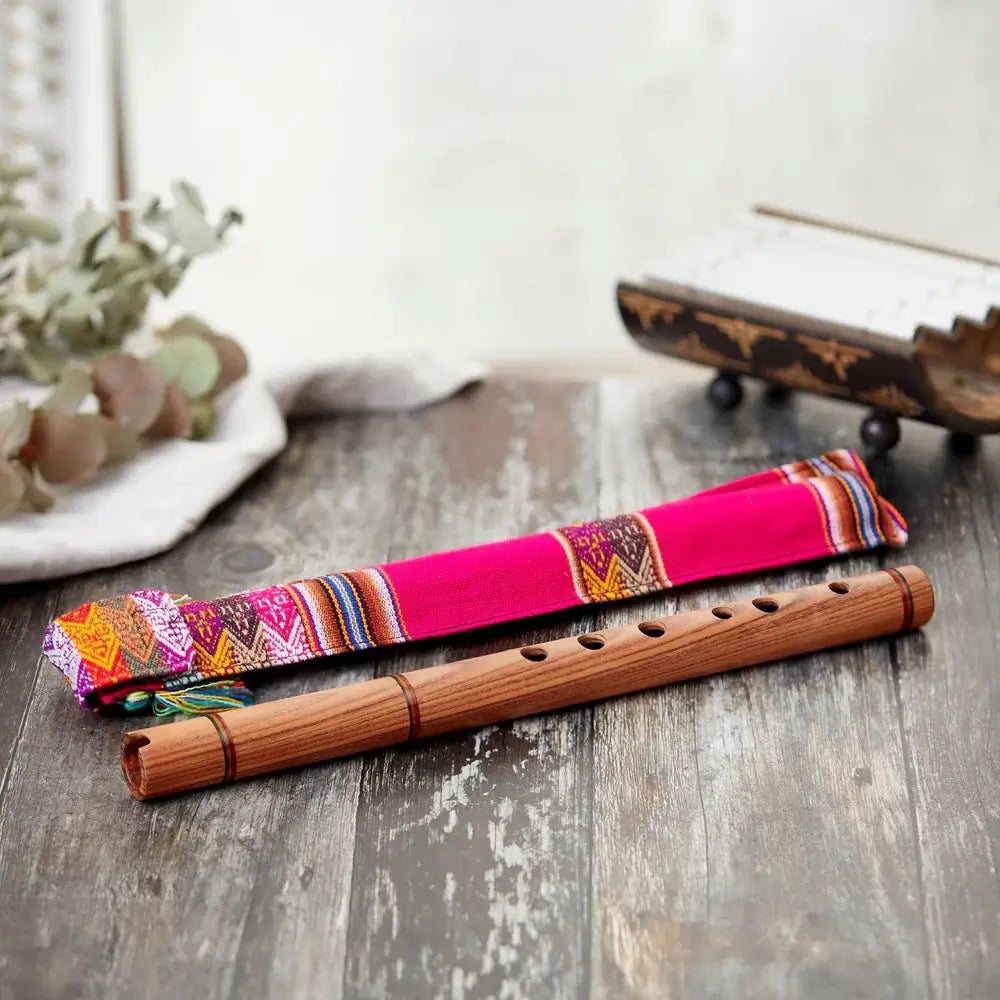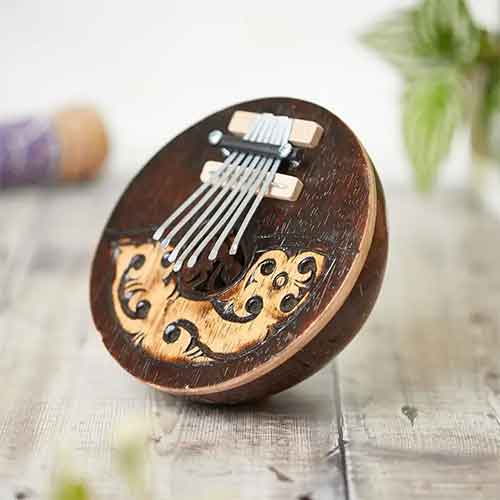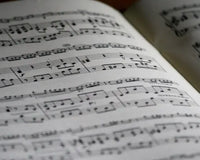The piano and keyboard are often used interchangeably in music, but are they the same? While they share similarities, there are distinct differences between these two instruments. Understanding these differences is essential for musicians.
The Construction of a Piano

The piano, a classic instrument loved by many, is an acoustic instrument that produces sound through hammers striking strings. It consists of a wooden case, a soundboard, a cast-iron plate, and a keyboard. The case houses the strings, and the soundboard amplifies the vibrations the strings create. The cast-iron plate provides stability and supports the string tension. The 88-key keyboard allows the player to play various notes.
The construction of a piano is a complex process that requires skilled craftsmanship. Each part plays a role in producing the unique sound that pianos are known for. The hammers, for example, are responsible for striking the strings and creating the sound. The quality of the materials used and the precision of the construction significantly impact a piano's overall tone and playability.
The Construction of a Keyboard

On the other hand, keyboards are often electric or digital instruments that use electronic circuits to generate sound. They are typically made of plastic or metal and have a compact and lightweight design, making them highly portable. Keyboards come in varying sizes and usually range from 25 key models to 88 keys, depending on the specific instrument and its intended use.
The construction of a keyboard involves electronic components such as circuit boards, integrated circuits, and sound samples. These components work together to produce various sounds, including piano tones and various other instrument sounds. Keyboards often have additional features such as built-in speakers, MIDI connectivity, and recording capabilities, making them versatile instruments for both live performances and studio recordings.
Sound and Tone Differences Between a Piano and Keyboard
Sound quality is one of the most noticeable differences between a piano and a keyboard. Due to their acoustic nature, pianos produce a rich, resonant sound. The hammers striking the strings create a complex and dynamic tone that is difficult to replicate digitally. The sustain and reverberation of the sound in a piano give it a unique and expressive quality.
On the other hand, keyboards use digital technology to emulate the sound of various instruments, including pianos. While digital pianos have made great strides in replicating the sound of acoustic pianos, they still need to catch up in capturing the nuances and depth of a real piano. However, keyboards offer a wide range of sounds beyond just piano tones, making them versatile for different genres and musical styles.
Playing Technique and Feel of a Piano vs a Keyboard
The playing technique and feel of a piano and a keyboard are also quite different. Pianos have weighted keys, which means that the keys have resistance similar to that of a real piano. This allows for greater control and expression while playing. The piano's action, including the keys' touch and response, contributes to the overall playing experience.
Keyboards often have semi-weighted or non-weighted keys, which means they are lighter and easier to press. This is great for beginners or those who prefer a lighter touch. The lack of weight in the keys can make it challenging to develop the finger strength and control needed for advanced piano playing.
Versatility and Portability of a Keyboard Compared to a Piano
When it comes to versatility and portability, keyboards have a clear advantage. Keyboards are lightweight and compact, making them convenient to carry around and set up quickly for practice or performance sessions. Keyboards usually have built-in speakers and headphone jacks, allowing for convenient practice without additional amplification.
Pianos, on the other hand, are large and heavy instruments that require a dedicated space. Moving a piano is complex and costly, making it less practical for musicians who need to travel or perform in different locations. However, the size and weight of a piano contribute to its stability and the quality of sound it produces.
Cost Considerations - Piano vs Keyboard
The cost of a piano and a keyboard can vary significantly. Exceptionally high-quality acoustic pianos can be pretty expensive. The price is influenced by factors such as the brand, the materials used, and the craftsmanship. The cost of maintaining and tuning a piano over time should also be considered.
Keyboards vary in price depending on the features and sound quality. Entry-level keyboards are more affordable and can be a good option for beginners or those on a tight budget. Higher-end keyboards with advanced features and better sound quality tend to be more expensive but generally more affordable than pianos.
Pros and Cons of Learning on a Piano vs a Keyboard
Both pianos and keyboards have their pros and cons when it comes to learning. Learning on a piano can provide a solid foundation in technique and musicality due to its weighted keys and nuanced sound. A piano's tactile feedback and responsiveness can help develop a strong finger technique and a keen ear for tone.
Learning on a keyboard can offer more convenience and flexibility. Keyboards often have built-in learning features, such as tutorials and practice modes, which are helpful for beginners. Additionally, the wide range of sounds and features on a keyboard can make learning more engaging and enjoyable.
Choosing Between a Piano and Keyboard for Different Situations
The choice between a piano or a keyboard depends on the individual's needs and preferences. Investing in a piano might be the best option if you are primarily interested in classical music or desire a piano's authentic sound and playing experience. Pianos are also well-suited for formal performances and recordings that require a more refined and expressive sound.
A keyboard might be better if you are interested in exploring different musical genres, require portability, or have limited space. Keyboards offer a wide range of sounds, effects, and features that can enhance creativity and versatility in music production. They are also more suitable for live performances, especially in contemporary music.
While pianos and keyboards may share similarities, they are distinct instruments with unique characteristics. Pianos offer a traditional sound with a rich tone and expressive playing experience. Keyboards provide versatility, portability, and an extended range of sounds and features. Understanding the differences between pianos and keyboards is essential for musicians. Choosing a piano or a keyboard depends on your musical goals, preferences, and circumstances.












